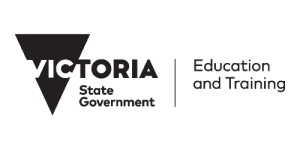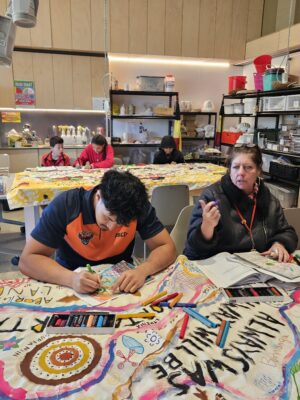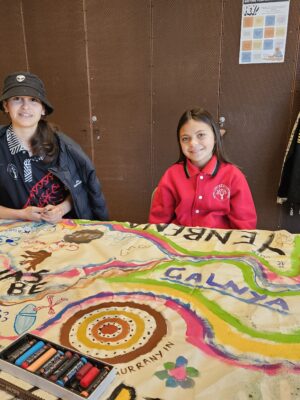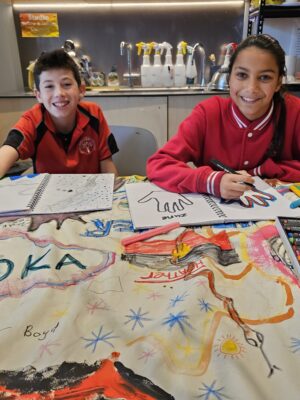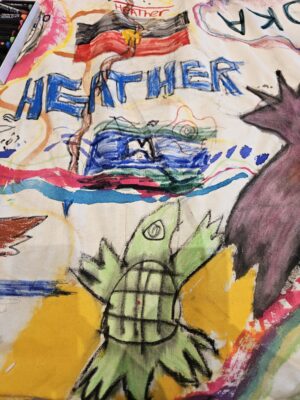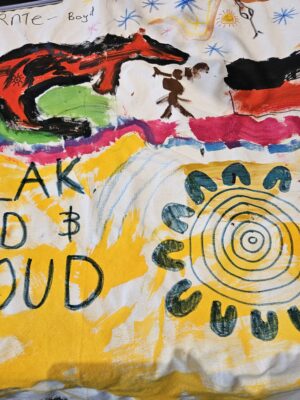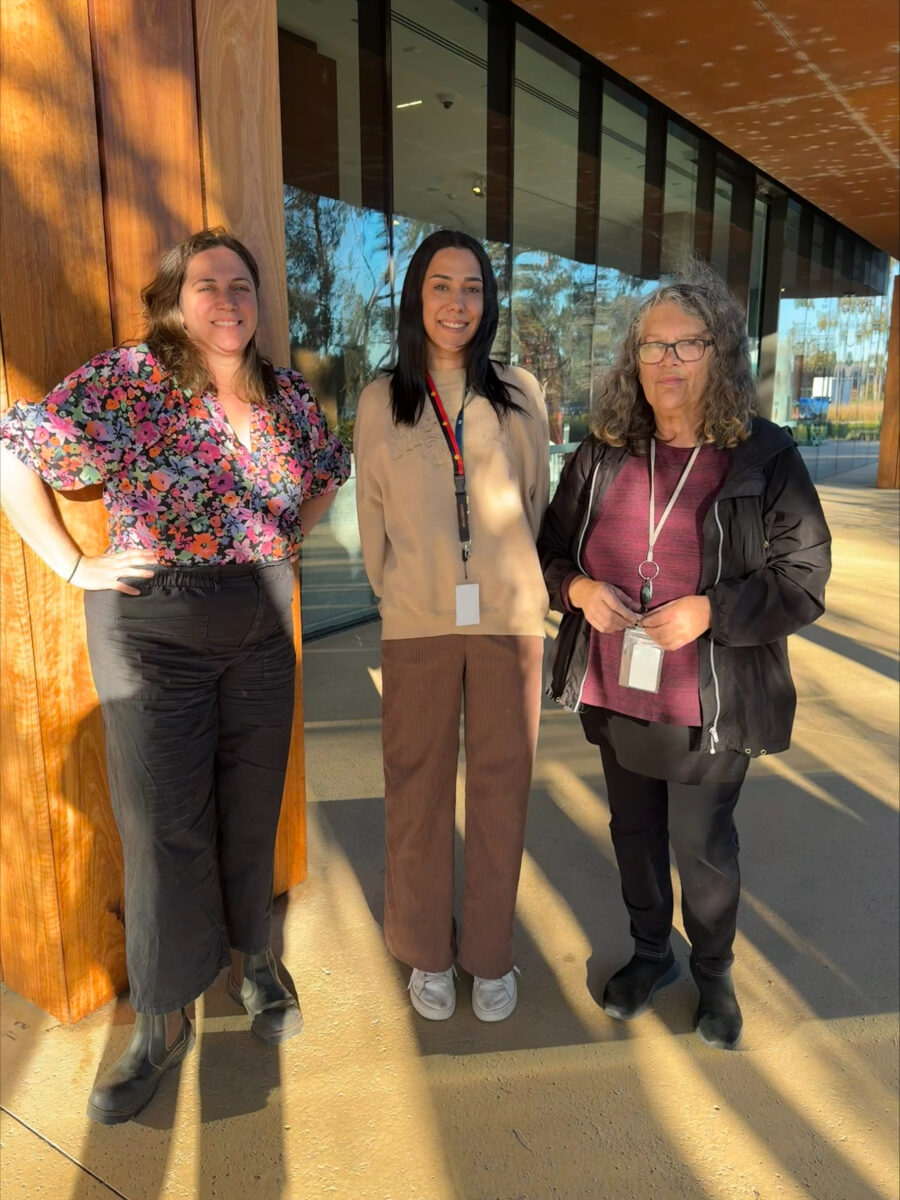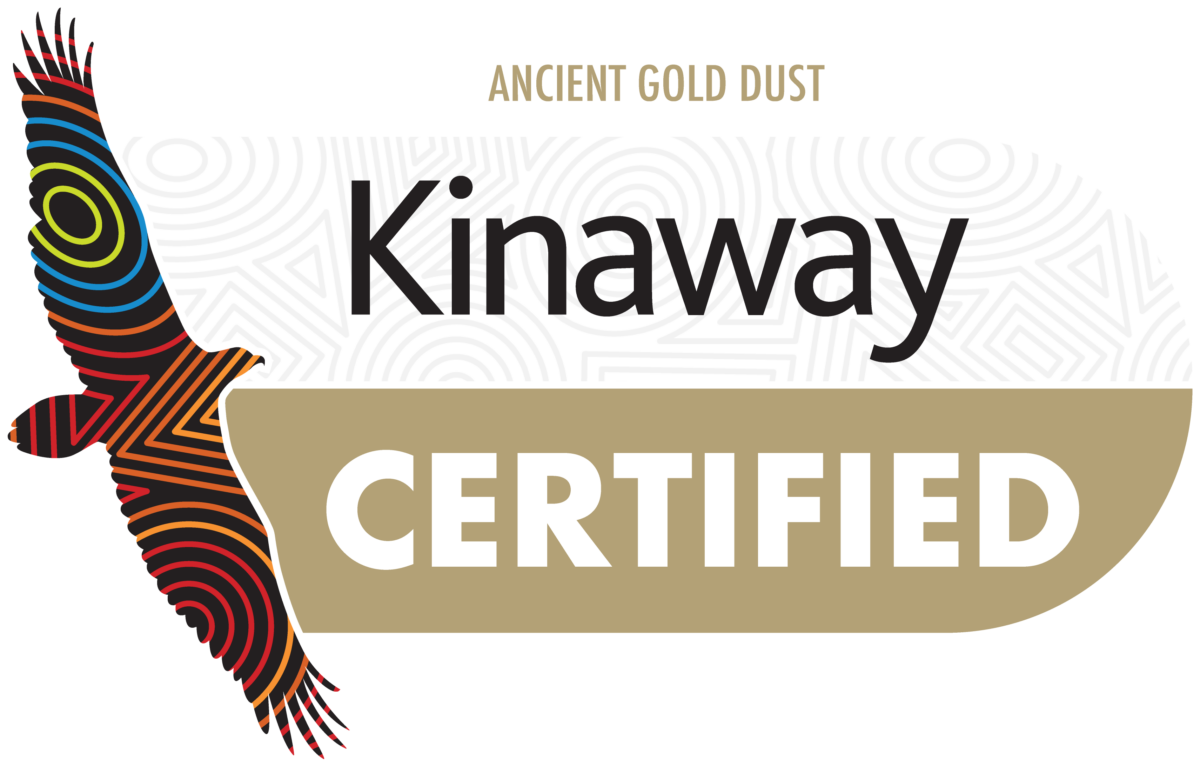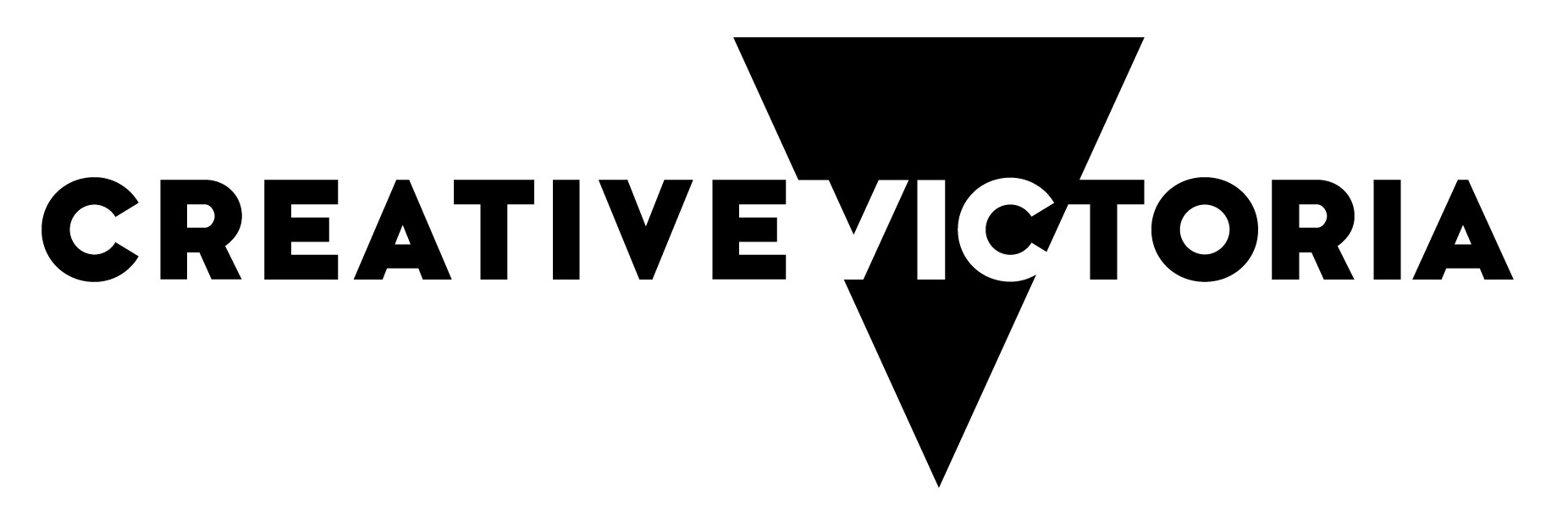Galnyatj
Schools Program
Learning and connecting with culture
through collaborative art making
Galnyatj Schools Program is an exciting opportunity for First Nations primary and secondary students in the Greater Shepparton region, to deepen their understanding of Yorta Yorta culture, stories and history, and to explore their own connections to country, culture and people.

